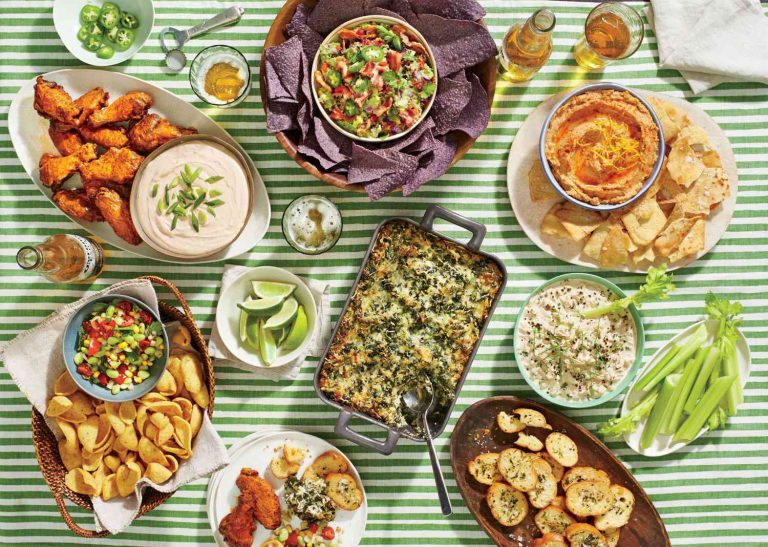Louisiana Red Beans And Rice: History, Recipe, and Serving Traditions
French immigrants, who settled in Louisiana in the 17th and 18th centuries, brought culinary practices that significantly impacted local cuisine. They introduced techniques like mirepoix, a base of diced vegetables, which laid the foundation for many Louisiana dishes. Using mirepoix in red beans and rice creates a robust flavor profile. Moreover, French settlers brought spices and herbs like thyme and bay leaves, essential for seasoning the dish.
African American Contributions
African Americans, many brought to Louisiana through the transatlantic slave trade, played an instrumental role in shaping this iconic dish. They incorporated West African cooking techniques that relied on slow cooking and layering flavors. Ingredients like beans, originally from West Africa, became staples in their cooking. African American culinary traditions included the use of onion, garlic, and other aromatics, enriching the red beans and rice dish. Their recipes have been passed down through generations, preserving the dish’s authenticity.
Key Ingredients and Variations
Must-Have Ingredients
For authentic Louisiana red beans and rice, specific ingredients are essential. Red kidney beans are the star of the dish, providing the primary flavor and texture. Andouille sausage, known for its smoky and spicy character, adds depth. Trinity, a fundamental blend of celery, bell peppers, and onions, forms the flavor base. Additional must-haves include garlic, paprika, thyme, bay leaves, and cayenne pepper. Long-grain white rice accompanies the beans, absorbing the rich flavors.
Here’s a breakdown of the must-have ingredients:
- Red Kidney Beans: Main ingredient providing texture and flavor.
- Andouille Sausage: Smoky, spicy sausage that adds depth.
- Trinity: Blend of celery, bell peppers, and onions, forming the flavor base.
- Garlic: Enhances overall taste.
- Paprika: Adds a mild, sweet flavor.
- Thyme: Provides earthy undertones.
- Bay Leaves: Infuses aromatic depth.
- Cayenne Pepper: Adds heat.
- Long-Grain White Rice: Absorbs the rich flavors of the beans.
Regional Variations
In different regions of Louisiana, variations of red beans and rice exist, reflecting local preferences and available ingredients. In New Orleans, ham hocks or pickled pork often replace Andouille sausage, enhancing the dish’s smoky quality. Some areas add smoked turkey for a leaner alternative. Additionally, Creole seasoning, a unique spice blend featuring oregano, basil, and white pepper, is frequently used to enhance the flavor.
Regional variations include:
- New Orleans: Uses ham hocks or pickled pork instead of Andouille sausage.
- Smoked Turkey: A leaner alternative used in certain areas.
- Creole Seasoning: Includes oregano, basil, and white pepper for enhanced flavor.
These must-have ingredients and regional variations contribute to the dish’s rich taste and authenticity, ensuring each version remains a cherished part of Louisiana’s culinary tradition.
Cooking Techniques for Authentic Flavors
Slow Cooking Method
Slow cooking ensures rich, deep flavors in your Louisiana red beans and rice. Using a slow cooker or simmering on the stovetop for several hours allows the beans to absorb the spices and aromatics fully. Start by soaking red kidney beans overnight; this reduces cooking time and helps achieve a tender texture. Add Andouille sausage, the Trinity blend (onions, bell peppers, celery), garlic, paprika, thyme, bay leaves, and cayenne pepper to the pot. Cover with water or broth and bring to a boil. Once boiling, reduce to a simmer. Cook for 2 to 3 hours, stirring occasionally to prevent sticking. If using a slow cooker, set it to low for 6 to 8 hours. The slow cooking method brings out the complexity in the dish without overwhelming any single ingredient’s flavor.
Tips for Perfect Consistency
Achieving the right consistency is essential for authentic Louisiana red beans and rice. You want a creamy texture without being too watery or too thick. Monitor the liquid level throughout cooking, adding water or broth as needed. Mash some of the beans against the side of the pot with a spoon to thicken the dish naturally. If the mix becomes too thick, stir in additional liquid until you reach the desired consistency. Cook long-grain white rice separately, ensuring it’s fluffy and not sticky. Combine the red beans with the cooked rice just before serving, so the rice retains its texture. By following these tips, you ensure your dish has the perfect balance of creaminess and body.
Serving and Eating Traditions
Traditional Accompaniments
Authentic Louisiana red beans and rice is often paired with cornbread and collard greens to complement its rich flavors. Cornbread, either sweet or savory, provides a contrast to the beans’ creamy texture. Collard greens, often simmered with smoked meats, add a leafy, nutritious element. A bottle of hot sauce is commonly found on the table, allowing diners to add a personalized kick to their meals. Pickled vegetables, such as okra and cucumbers, also make frequent appearances.
Cultural Significance of Meal Times
In Louisiana, red beans and rice traditionally appears on Monday menus. This custom dates back to the 19th century when Monday was laundry day, and cooks needed a low-maintenance meal that could simmer unattended. Preparing red beans and rice and letting them cook slowly was a practical solution. Today, many families continue this tradition, gathering around the table to enjoy this hearty dish and connect with their cultural heritage. Weekends often involve larger gatherings where red beans and rice play a pivotal role, reinforcing community bonds and emphasizing the comfort and connection the meal provides.
Conclusion
Authentic Louisiana red beans and rice isn’t just a meal; it’s a celebration of culture and history. By embracing its rich flavors and traditional cooking methods, you connect with generations of culinary heritage. Whether you’re savoring it with cornbread or spicing it up with hot sauce, this dish brings warmth and togetherness to any table. So, gather your loved ones, slow cook those beans, and enjoy a taste of Louisiana’s heart and soul.






